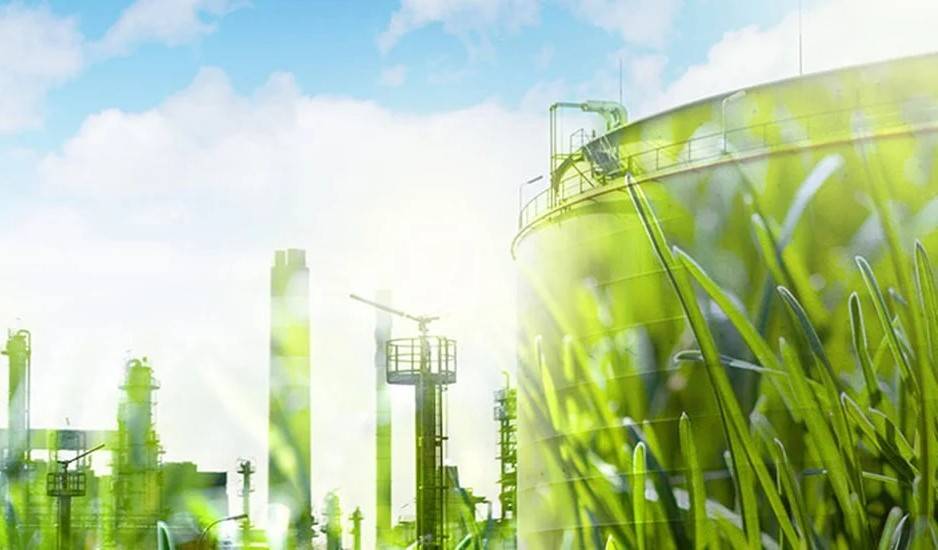
According to S Dasappa, "India uses nearly 50 lakh tonnes of hydrogen for various processes in various sectors, and the hydrogen market is expected to grow significantly in the coming years. However, the majority of the hydrogen we currently use is derived from fossil fuels via a process known as steam methane reforming." His team has now discovered a method to extract green hydrogen from biomass, a renewable energy source.
The procedure is divided into two steps. In the first step, a novel oxygen and steam reactor convert biomass into syngas - a hydrogen-rich fuel gas mixture. The second step involves producing pure hydrogen from syngas using an indigenously developed low-pressure gas separation unit.
Both of these technologies, developed in Dasappa's lab, ensure that this process is a highly efficient method of producing green hydrogen, producing 100 g of hydrogen from 1 kg of biomass even though only 60 g of hydrogen is present in 1 kg of biomass. This is because steam, which also contains hydrogen, participates in both homogeneous and heterogeneous reactions in this process (in homogeneous reactions, reactants are in a single phase, whereas, in heterogeneous reactions, the reactants are in two or more phases).
This method of producing green hydrogen is also environmentally friendly because it is carbon negative. Solid carbon, which serves as a carbon sink, and carbon dioxide, which can be used in other value-added products, are the two carbon-based byproducts.
"This indigenous technology is a step toward the Prime Minister's goal of Atmanirbhar Bharat," Dasappa says. The technology also fits in well with the Government of India's National Hydrogen Energy Roadmap, which aims to promote the use of hydrogen and reduce reliance on fossil fuels, he adds.
The project was funded by the Government of India's Ministry of New and Renewable Energy and the Department of Science and Technology. The team also thanks the Indian Oil Corporation Limited for its assistance in scaling up the technology to produce 0.25 tonnes of hydrogen per day for use in hydrogen-powered fuel cell buses.
Dasappa believes that green hydrogen could be used in a variety of other industries, including the steel industry to decarbonize steel, agriculture to produce green fertilisers, and many other sectors that currently use hydrogen derived from fossil fuels. "Moreover, the same platform can be used to produce methanol and ethanol," he adds.
(Source: Indian Institute of Science)
















